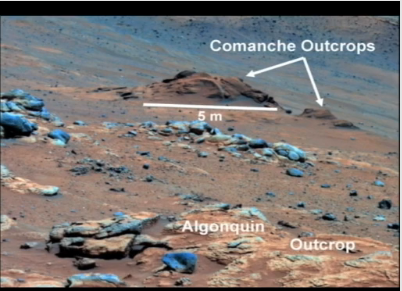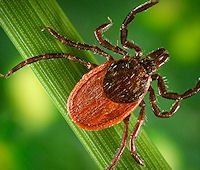Did you know that 53 different women including cosmonauts, astronauts, payload specialists and foreign nationals have flown in space? That six different female cosmonauts have flown with the Soviet/Russian program and 47 different women have flown with NASA?
In 1963, Soviet cosmonaut Valentina Tereshkova became the first woman in space when she piloted the Vostok 6 spacecraft. Later, she married Andrian Nikolayev, another cosmonaut. Their child Yelena was the first child born to space-faring parents.
Sally Ride was the first American woman in space but the third woman in space overall after Tereshkova and Svetlana Savitskaya. Savitskaya flew on Soyuz T-7 on Aug. 19, 1982.
Peggy Whitson was the first woman to complete a six-month tour of duty aboard the International Space Station as the station commander for Expedition 16 in April 2008.
 Rocks examined by NASA’s Mars rover Spirit hold evidence of an ancient wet, non-acidic environment that may have been favorable for life. Confirming this mineral clue took four years of analysis by several scientists.
Rocks examined by NASA’s Mars rover Spirit hold evidence of an ancient wet, non-acidic environment that may have been favorable for life. Confirming this mineral clue took four years of analysis by several scientists. Rocks examined by NASA’s Mars rover Spirit hold evidence of an ancient wet, non-acidic environment that may have been favorable for life. Confirming this mineral clue took four years of analysis by several scientists.
Rocks examined by NASA’s Mars rover Spirit hold evidence of an ancient wet, non-acidic environment that may have been favorable for life. Confirming this mineral clue took four years of analysis by several scientists.
 A Soviet robot lost on the dusty plains of the moon for the past 40 years has been found again, and it is returning surprisingly strong laser pulses to Earth. “We shined a laser on Lunokhod 1’s position, and we were stunned by the power of the reflection,” says Tom Murphy of UC San Diego, who leads the research team that’s putting the old robot back to work. “Lunokhod 1 is talking to us loudly and clearly.”
A Soviet robot lost on the dusty plains of the moon for the past 40 years has been found again, and it is returning surprisingly strong laser pulses to Earth. “We shined a laser on Lunokhod 1’s position, and we were stunned by the power of the reflection,” says Tom Murphy of UC San Diego, who leads the research team that’s putting the old robot back to work. “Lunokhod 1 is talking to us loudly and clearly.”